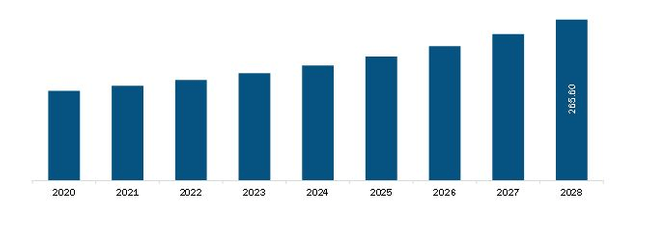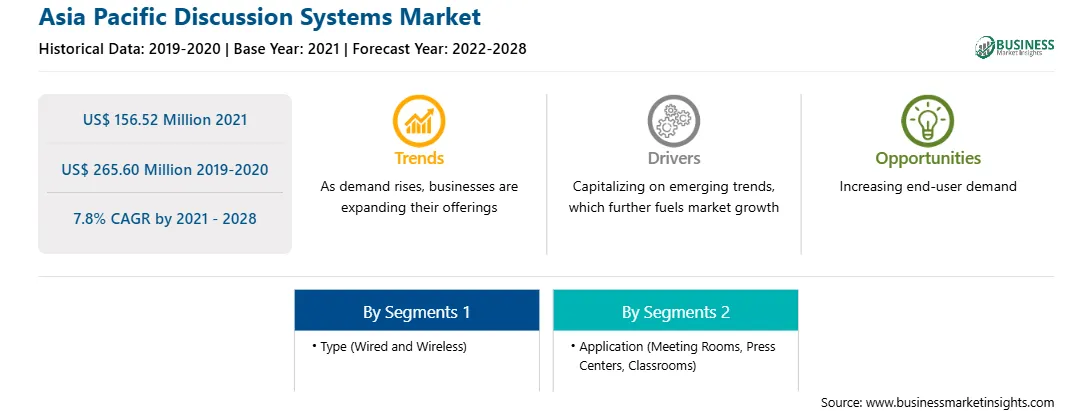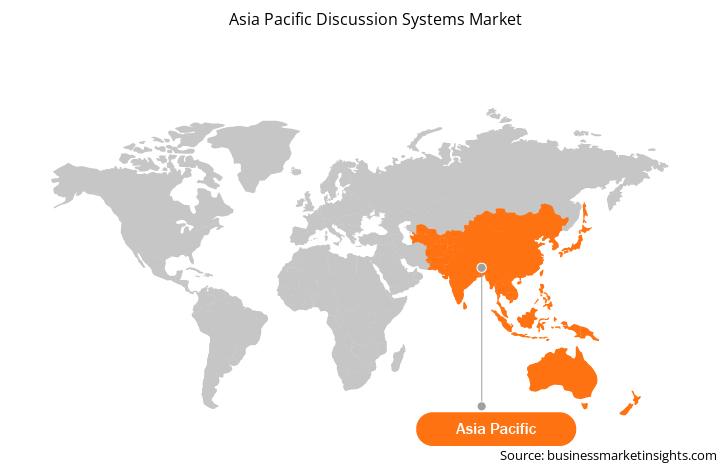In recent years, institutional audio requirements have shifted, particularly instruction, presentation, and conversation. Collaboration, team-based management, multi-site meetings, and increased multimedia dependence are all on the rise. As a result, "many-to-many" communication is becoming increasingly common, displacing traditional "one-to-many" presentations. Furthermore, many conventional audio-visual departments are being integrated into the IT infrastructure. This compels consultants and installation companies to supply turnkey solutions that are easily connected to meet more complicated communication requirements. Conferencing and discussion systems may be the key to accomplishing such objectives.
Audio intelligence, feedback susceptibility, and expert set-up requirements are the potential issues. Traditional multi-microphone voice-lift solutions with mix-minus and auto-mixing capabilities have significant drawbacks, mainly when used in acoustically challenging environments, such as conference rooms, lecture halls, and council chambers. By combining a microphone, amplifier, and loudspeaker into a single station, conference and discussion systems eliminate the majority of these concerns. Each meeting participant can be heard when necessary, and everyone else can listen to them, with outstanding clarity and little likelihood of feedback.
Each station is connected in a daisy-chain style with a single cable—a shielded Cat5e—in both conference and discussion systems. These stations communicate serially to the Central Unit (CU), a rack-mount "brain" connected to a computer or tablet for control. The CU recognizes how many stations are connected and automatically handles audio routing, muting the accompanying loudspeaker while keeping the linked microphone active. The discussion and conference systems include a simple web-based interface for control. They can be linked to other audio sources, such as video-conferencing systems, computers, and digital and analog audio players. Voice activation vs. request-to-speak is available, with a light ring on each microphone indicating when it is engaged. Both discussion and conference systems provide separate audio channels for language interpretation and can be incorporated into control systems, such as AMX and Crestron.
With the new features and technologies, vendors can attract new customers and expand their footprints in emerging markets. This factor is likely to drive the discussion systems market in Asia Pacific at a good CAGR during the forecast period.

Strategic insights for the Asia Pacific Discussion Systems provides data-driven analysis of the industry landscape, including current trends, key players, and regional nuances. These insights offer actionable recommendations, enabling readers to differentiate themselves from competitors by identifying untapped segments or developing unique value propositions. Leveraging data analytics, these insights help industry players anticipate the market shifts, whether investors, manufacturers, or other stakeholders. A future-oriented perspective is essential, helping stakeholders anticipate market shifts and position themselves for long-term success in this dynamic region. Ultimately, effective strategic insights empower readers to make informed decisions that drive profitability and achieve their business objectives within the market.

| Report Attribute | Details |
|---|---|
| Market size in 2021 | US$ 156.52 Million |
| Market Size by 2028 | US$ 265.60 Million |
| CAGR (2021 - 2028) | 7.8% |
| Historical Data | 2019-2020 |
| Forecast period | 2022-2028 |
| Segments Covered |
By Type
|
| Regions and Countries Covered | Asia-Pacific
|
| Market leaders and key company profiles |
|
The geographic scope of the Asia Pacific Discussion Systems refers to the specific areas in which a business operates and competes. Understanding local distinctions, such as diverse consumer preferences (e.g., demand for specific plug types or battery backup durations), varying economic conditions, and regulatory environments, is crucial for tailoring strategies to specific markets. Businesses can expand their reach by identifying underserved areas or adapting their offerings to meet local demands. A clear market focus allows for more effective resource allocation, targeted marketing campaigns, and better positioning against local competitors, ultimately driving growth in those targeted areas.

The Asia Pacific Discussion Systems Market is valued at US$ 156.52 Million in 2021, it is projected to reach US$ 265.60 Million by 2028.
As per our report Asia Pacific Discussion Systems Market, the market size is valued at US$ 156.52 Million in 2021, projecting it to reach US$ 265.60 Million by 2028. This translates to a CAGR of approximately 7.8% during the forecast period.
The Asia Pacific Discussion Systems Market report typically cover these key segments-
The historic period, base year, and forecast period can vary slightly depending on the specific market research report. However, for the Asia Pacific Discussion Systems Market report:
The Asia Pacific Discussion Systems Market is populated by several key players, each contributing to its growth and innovation. Some of the major players include:
The Asia Pacific Discussion Systems Market report is valuable for diverse stakeholders, including:
Essentially, anyone involved in or considering involvement in the Asia Pacific Discussion Systems Market value chain can benefit from the information contained in a comprehensive market report.